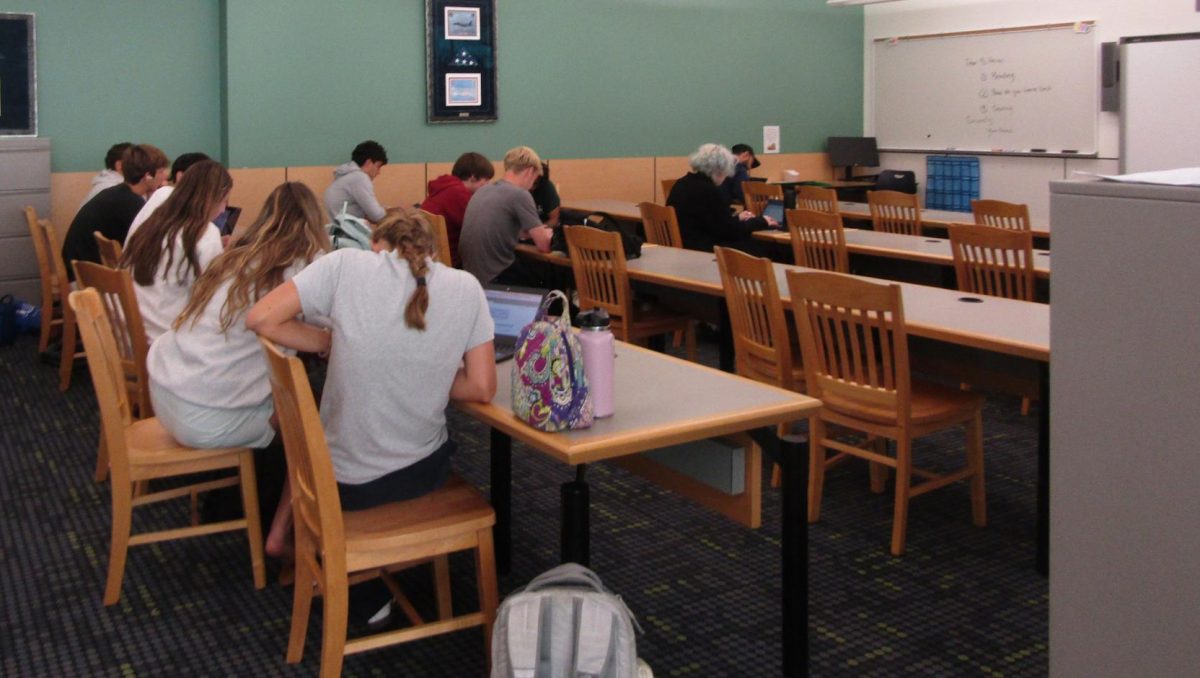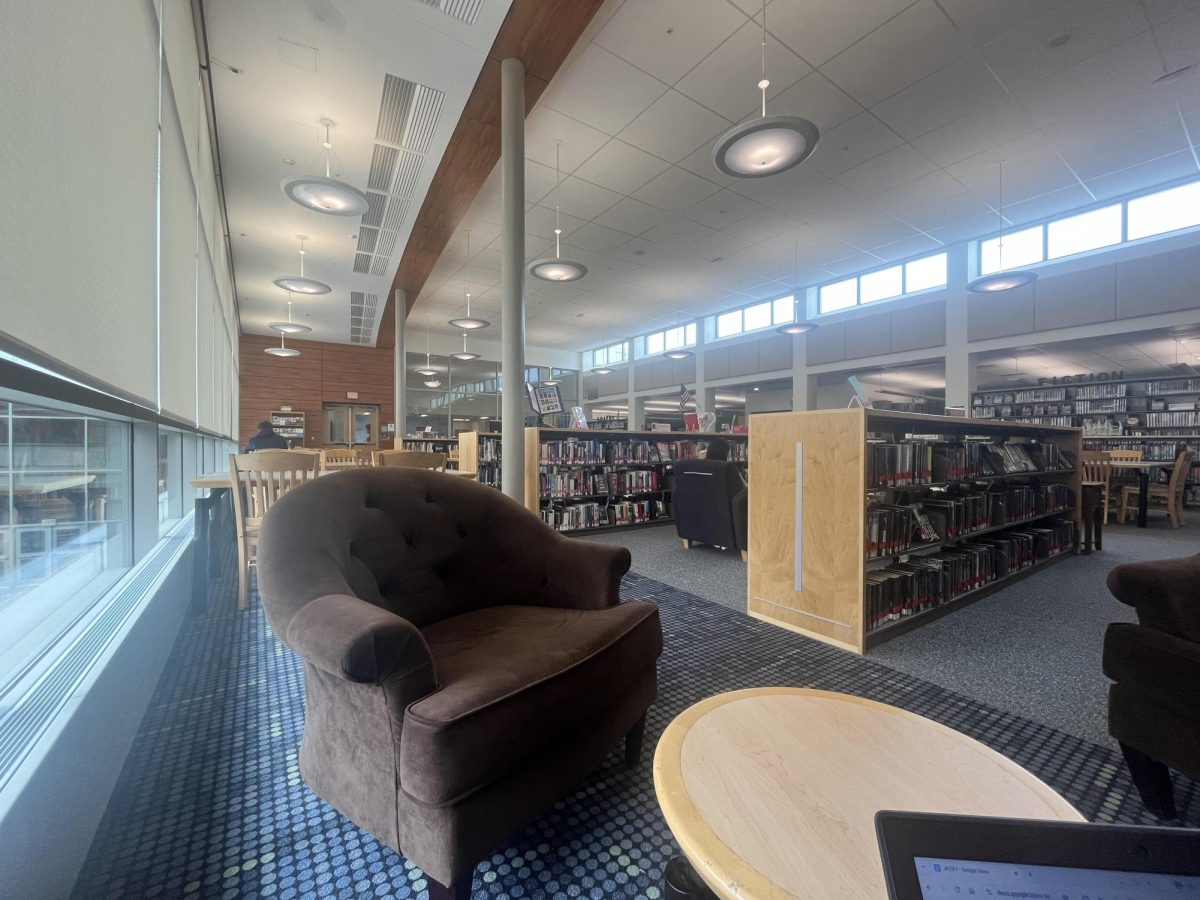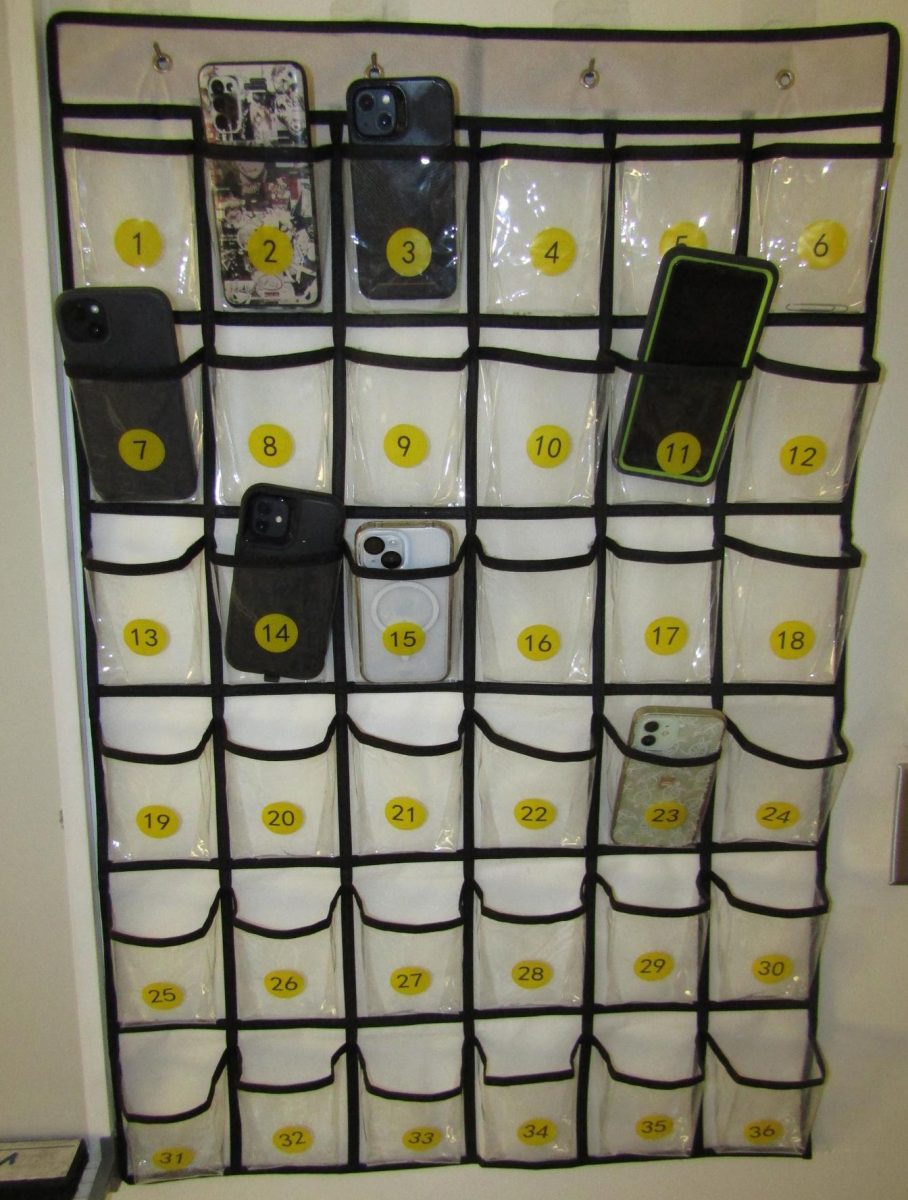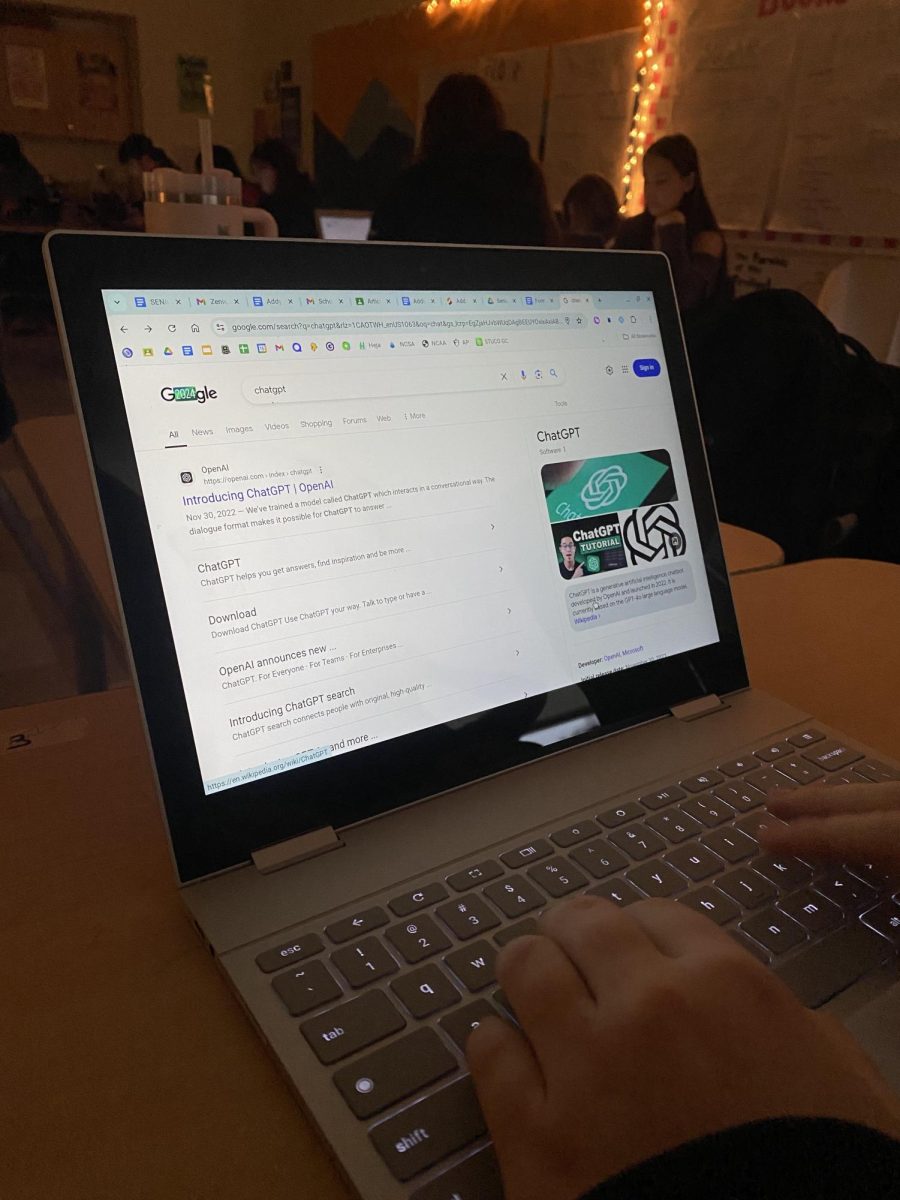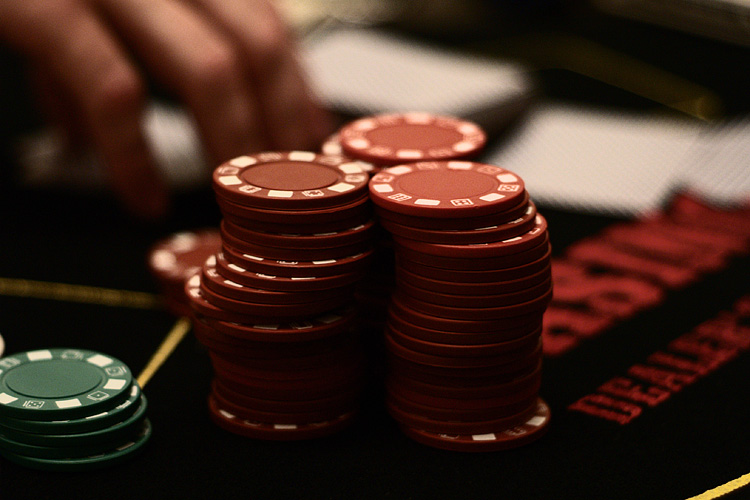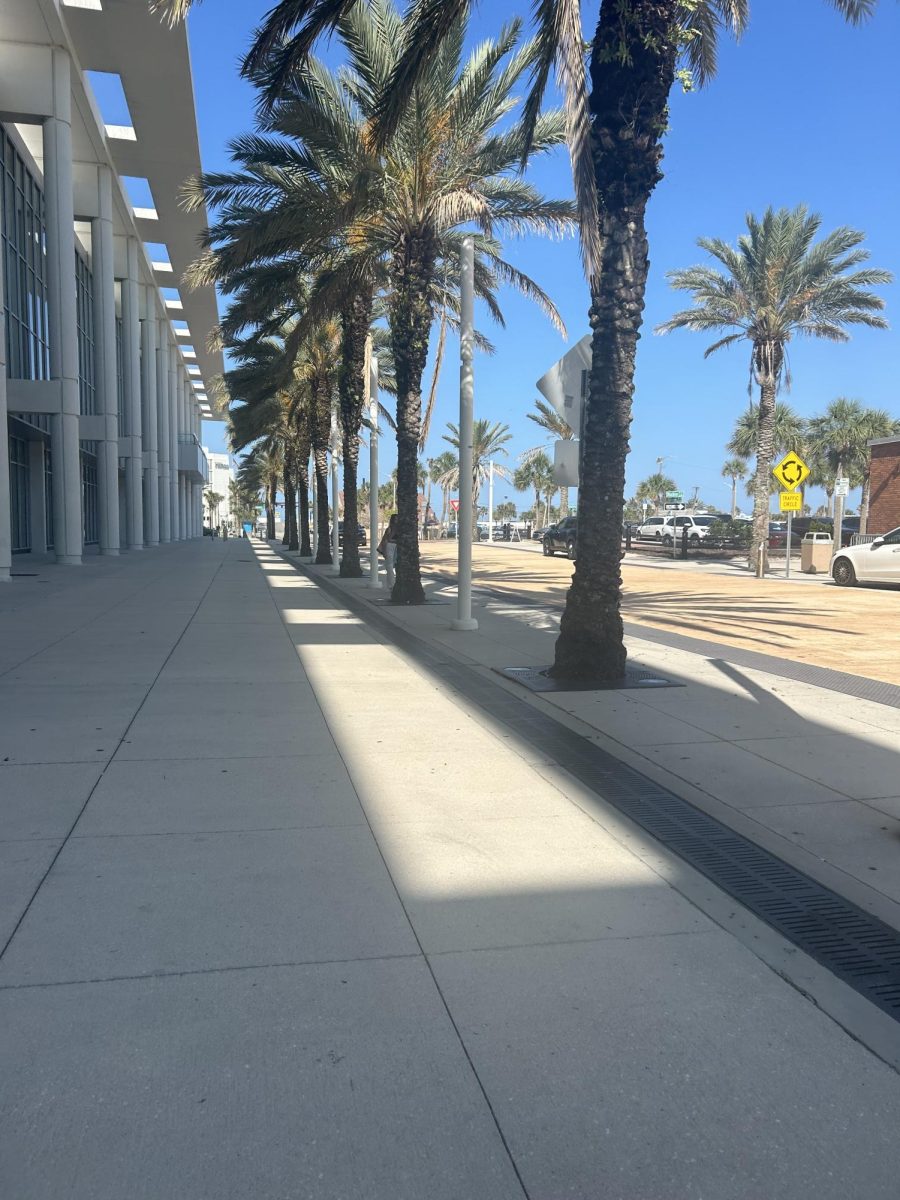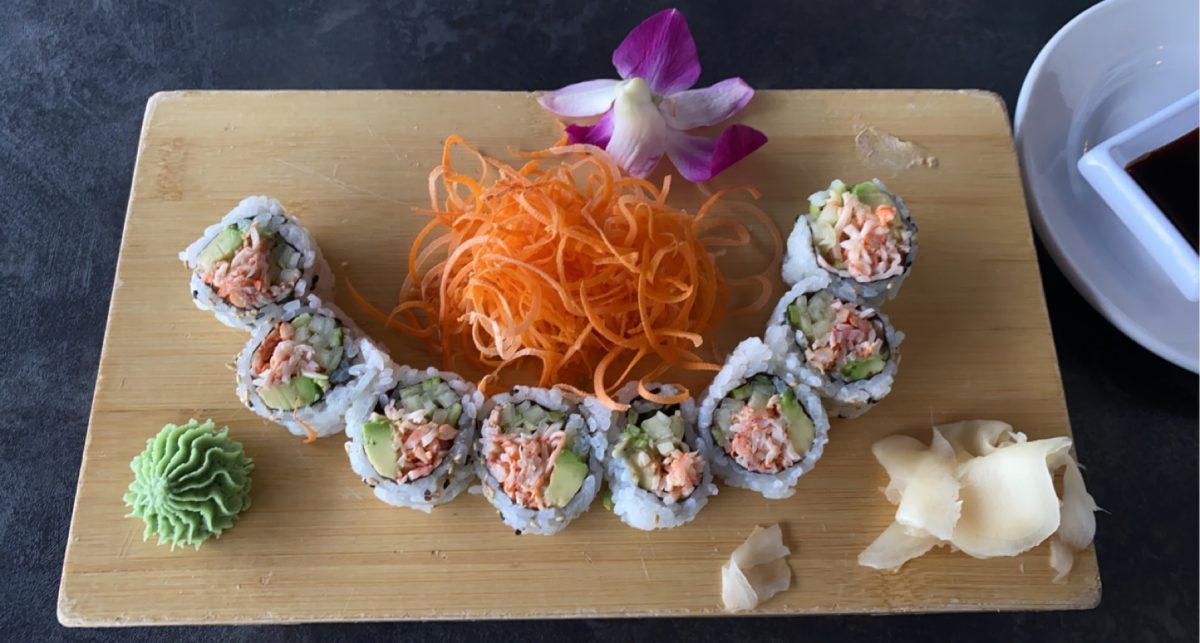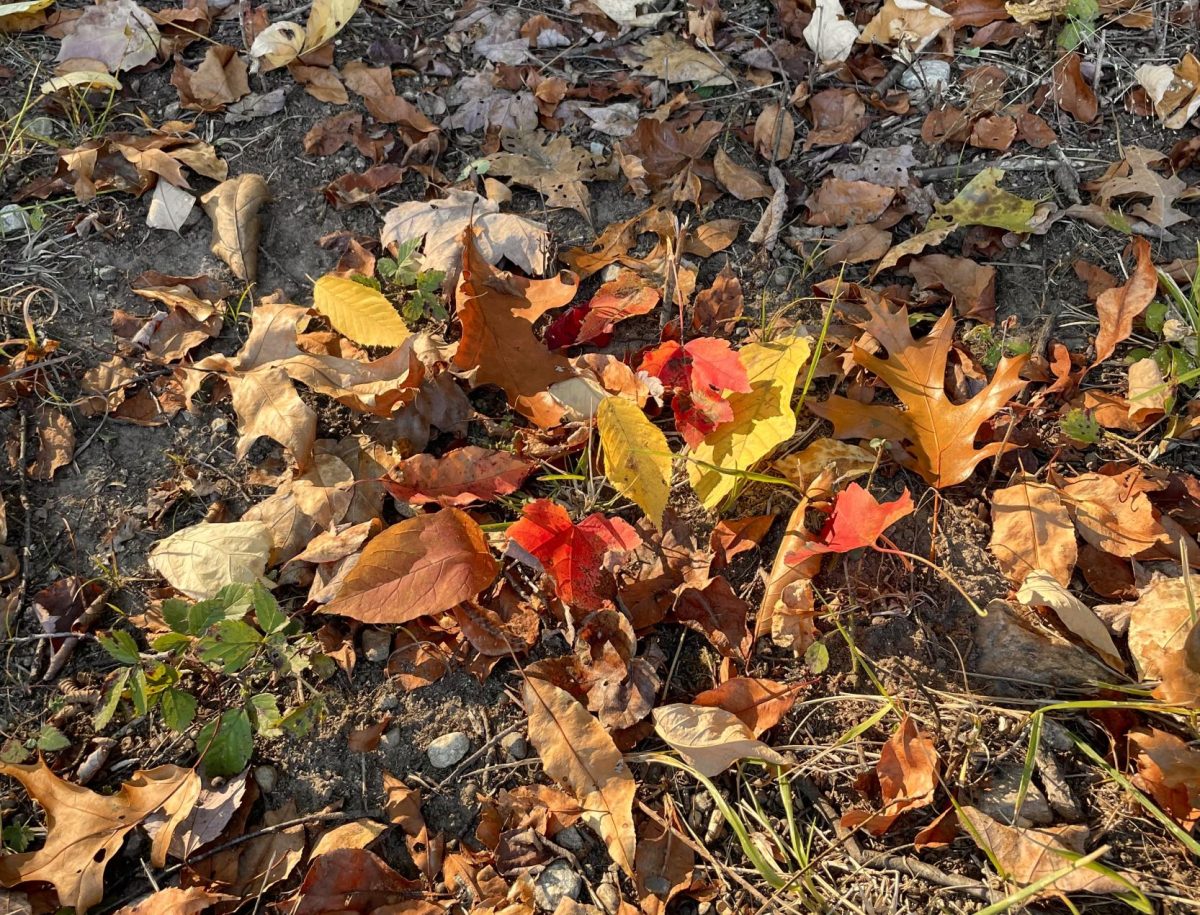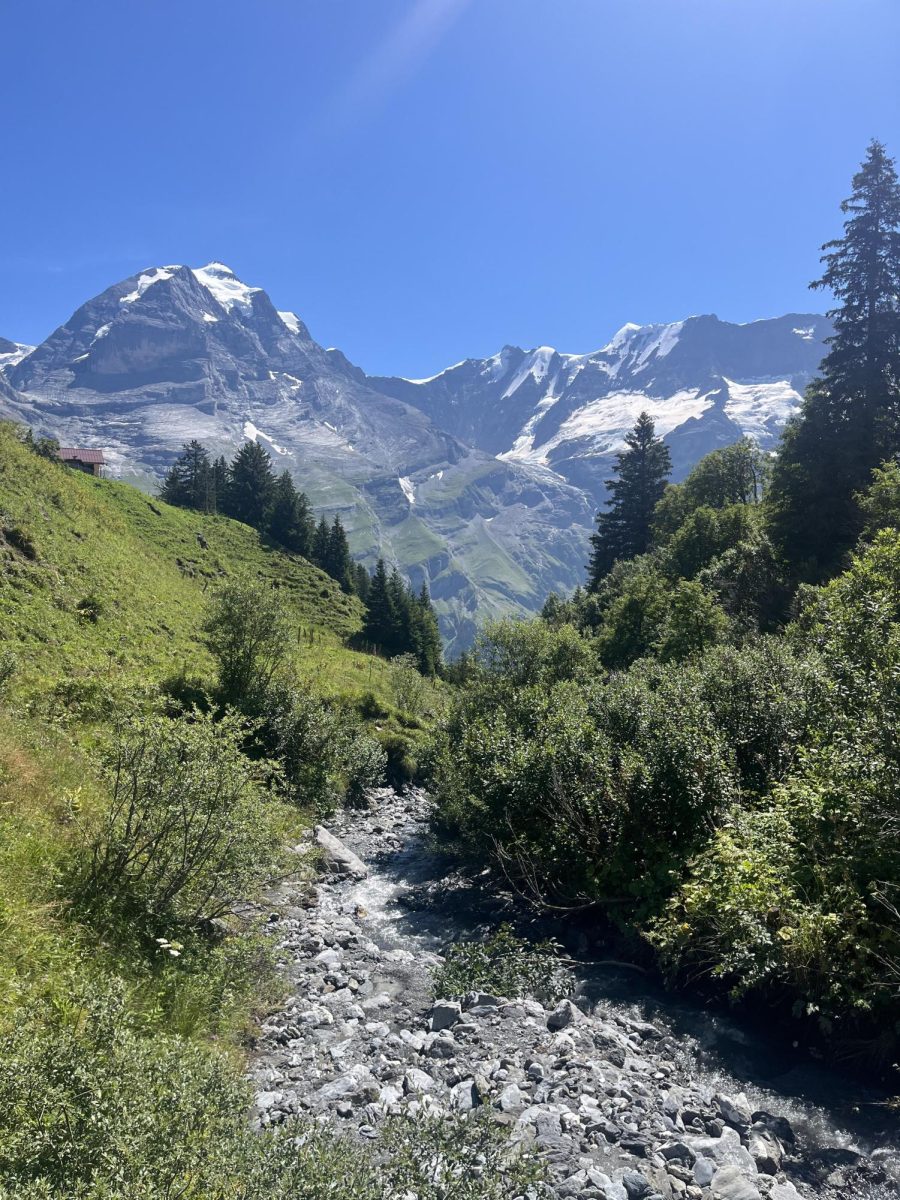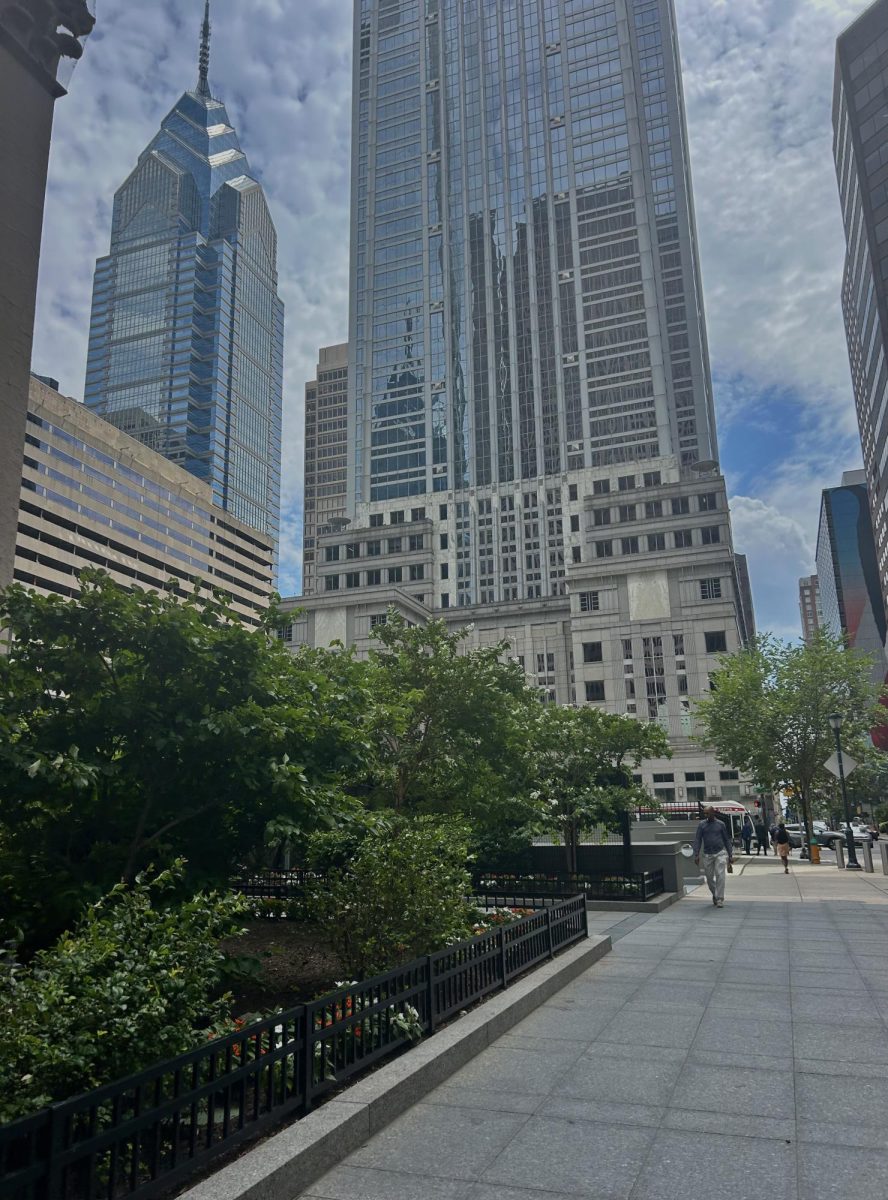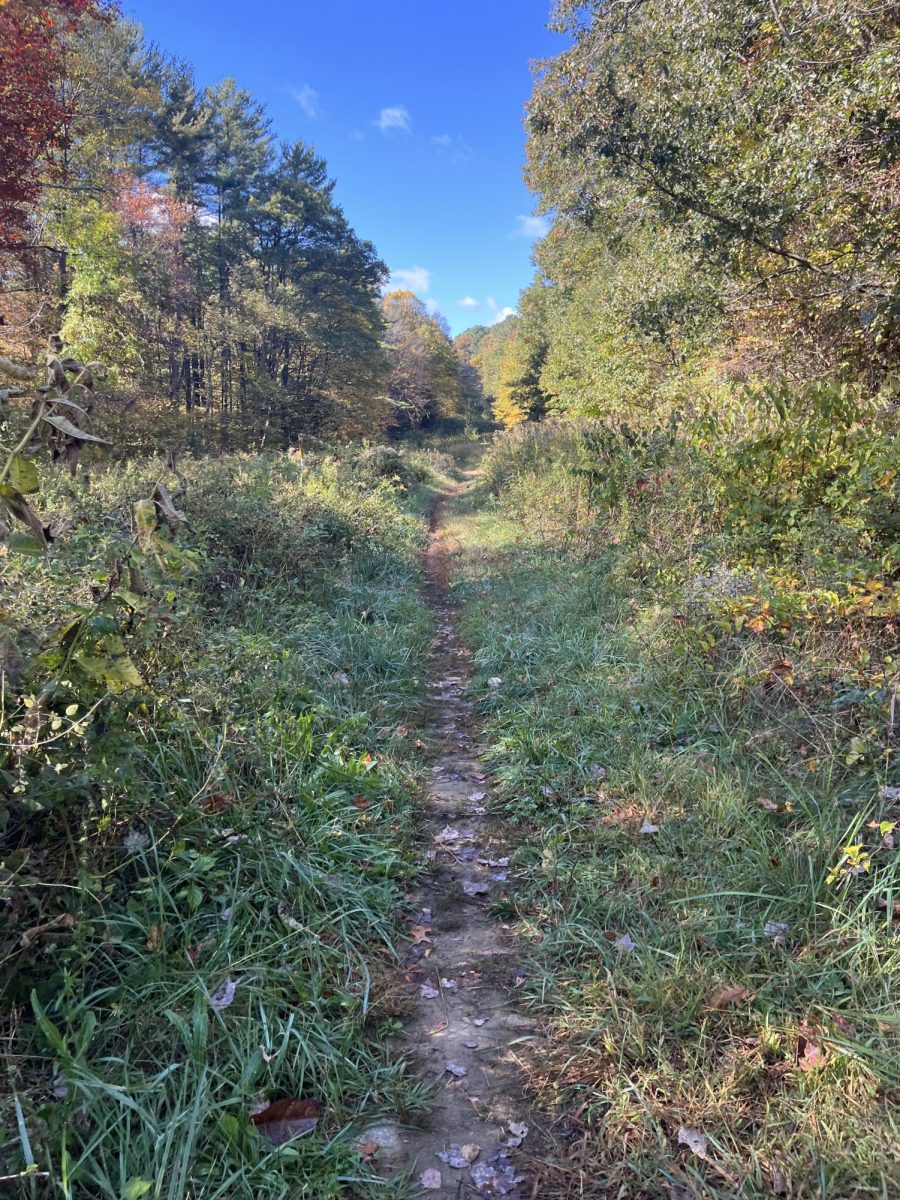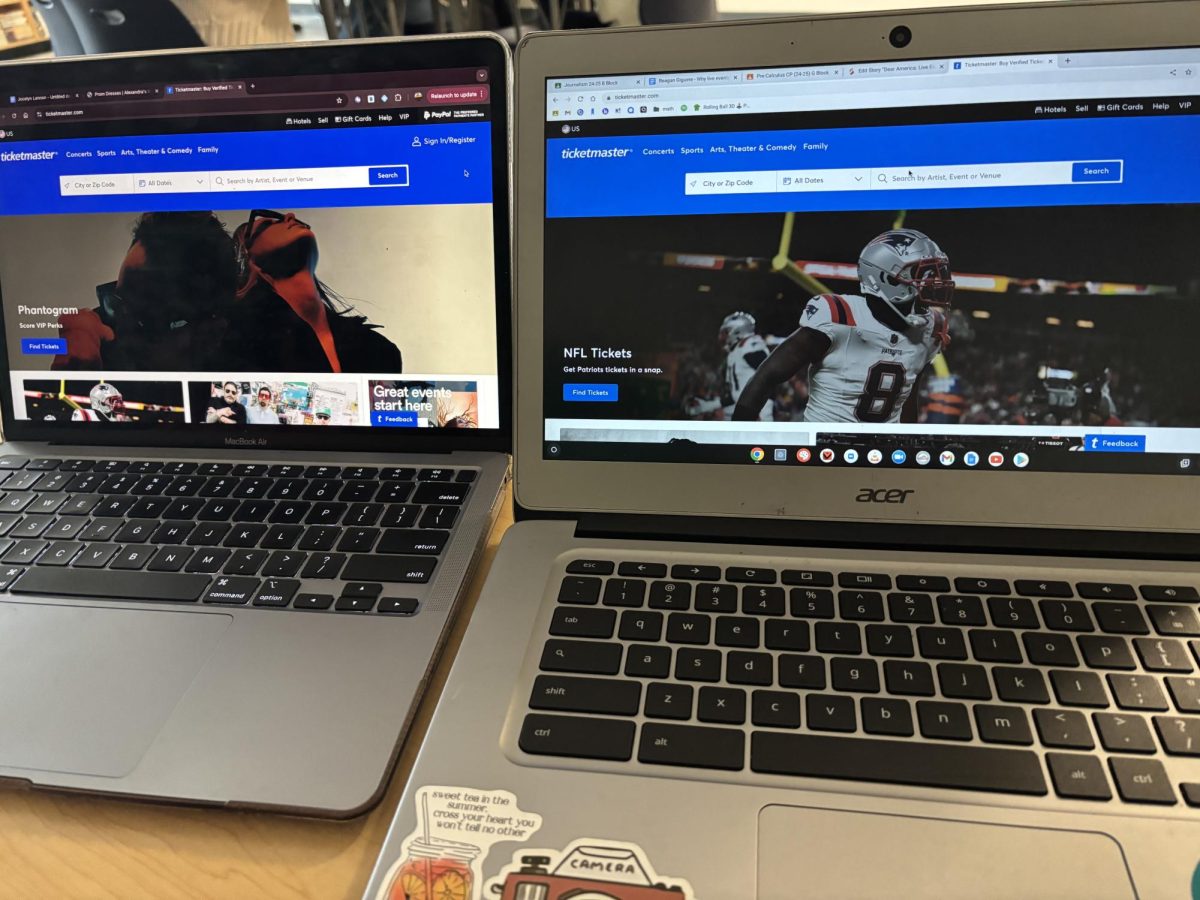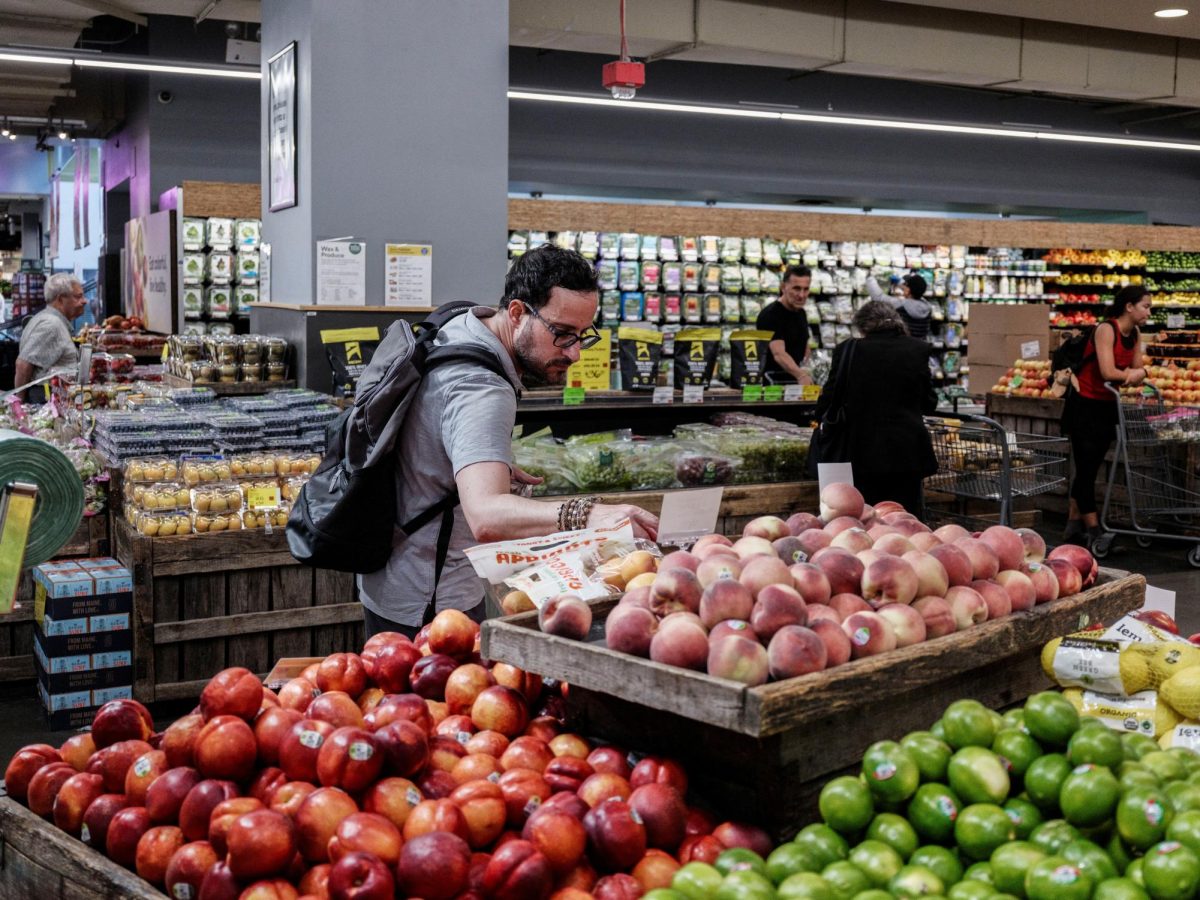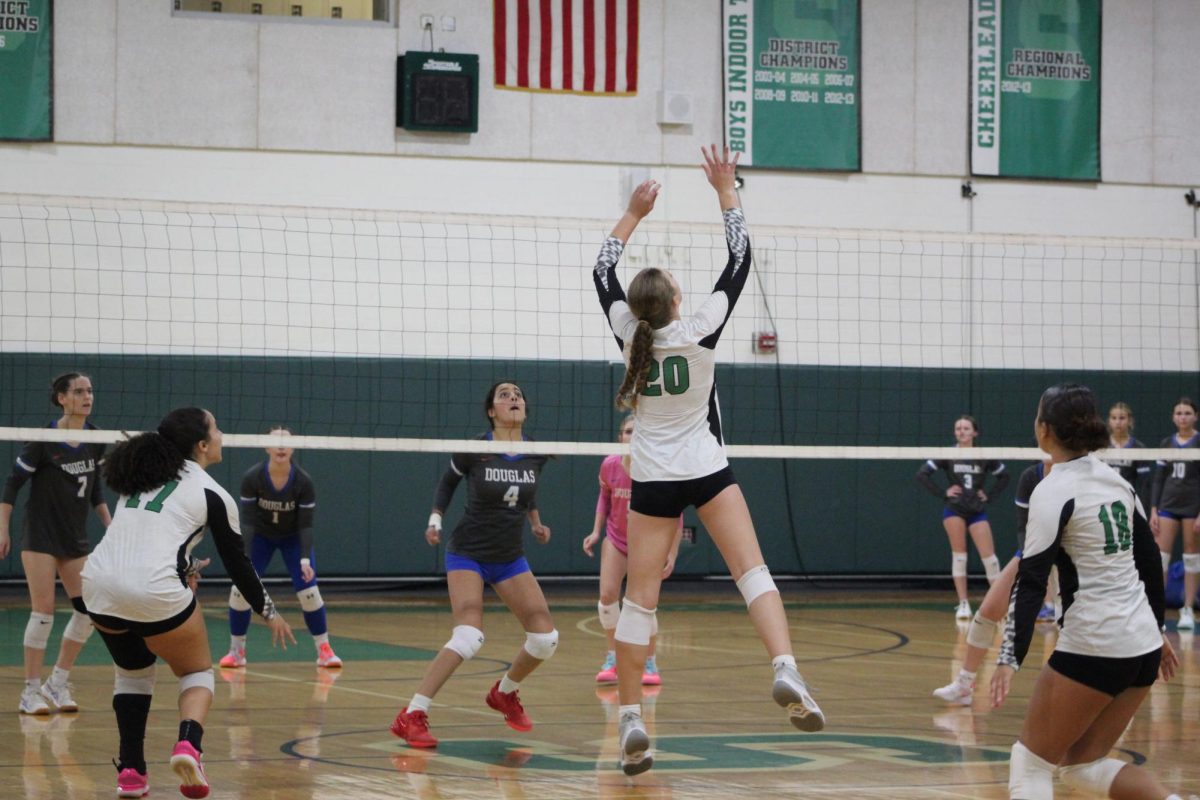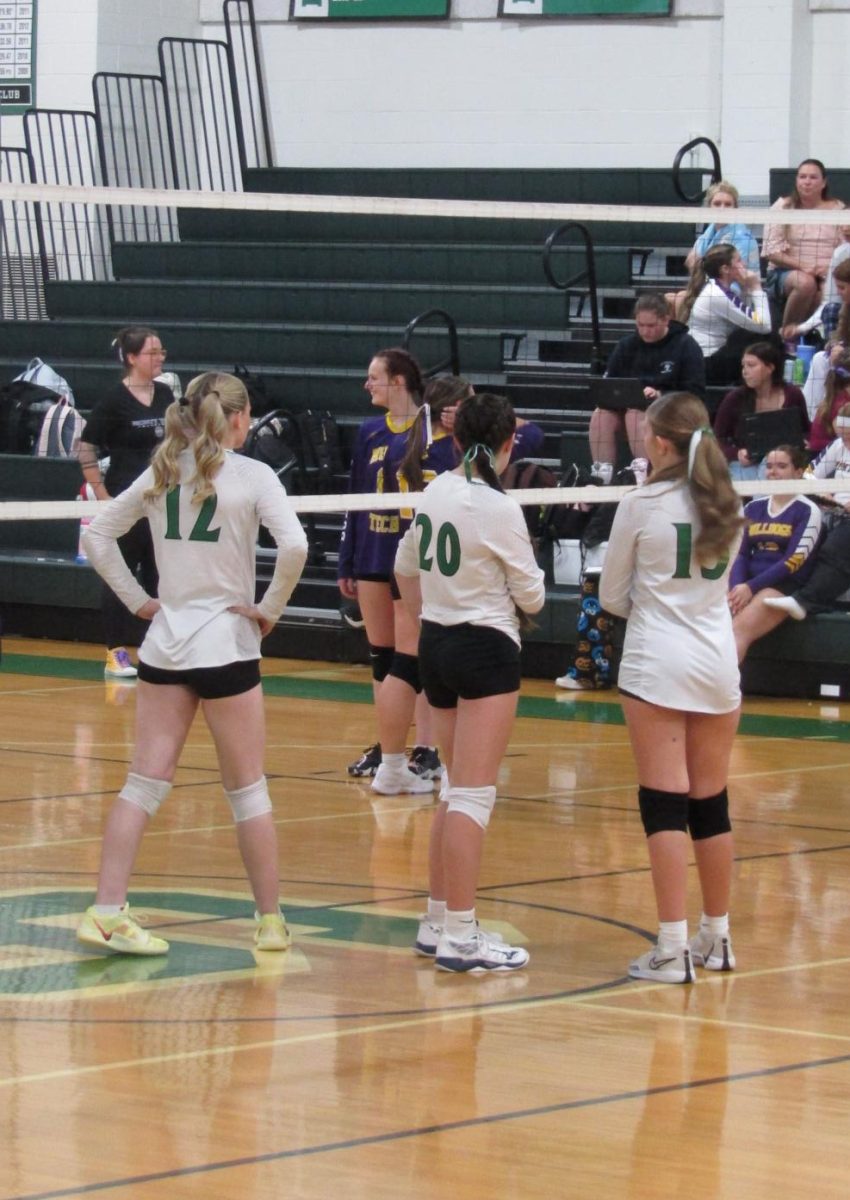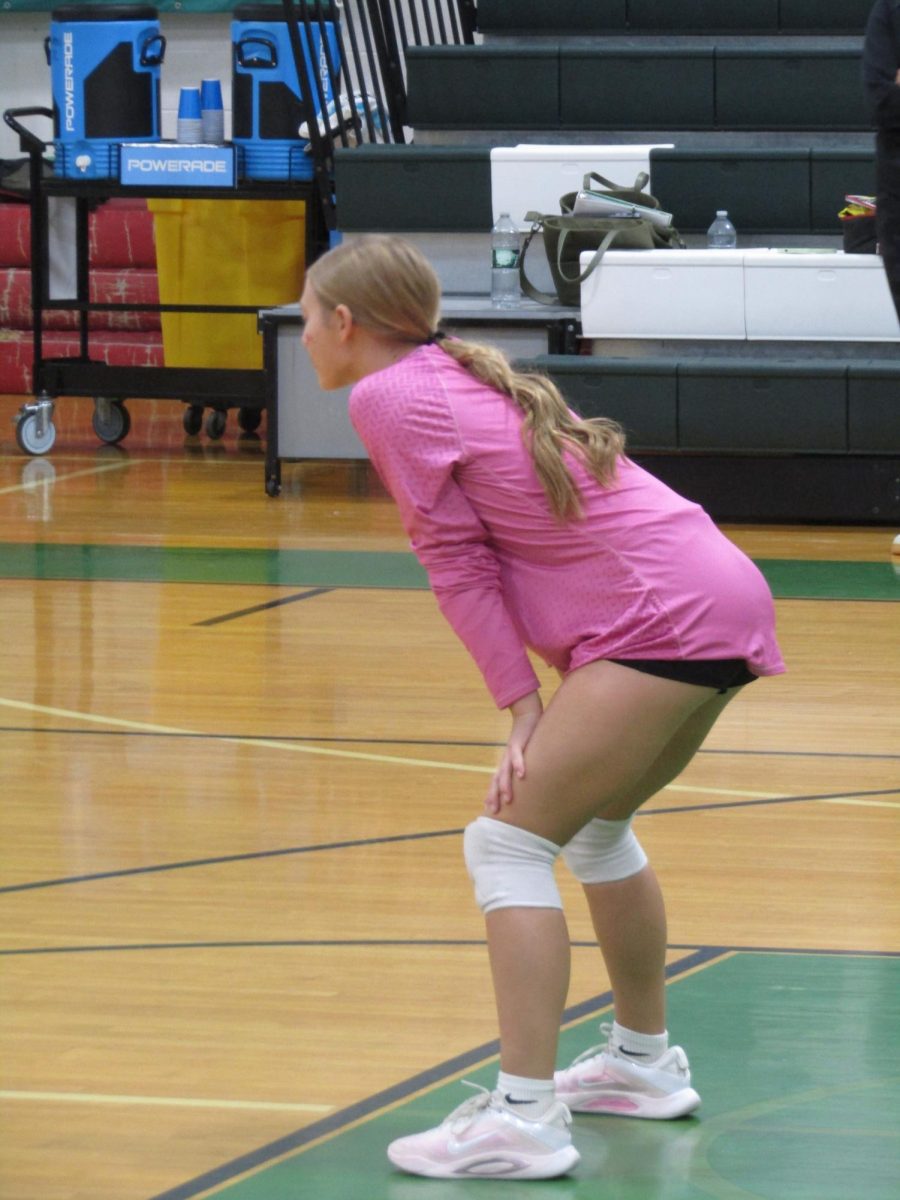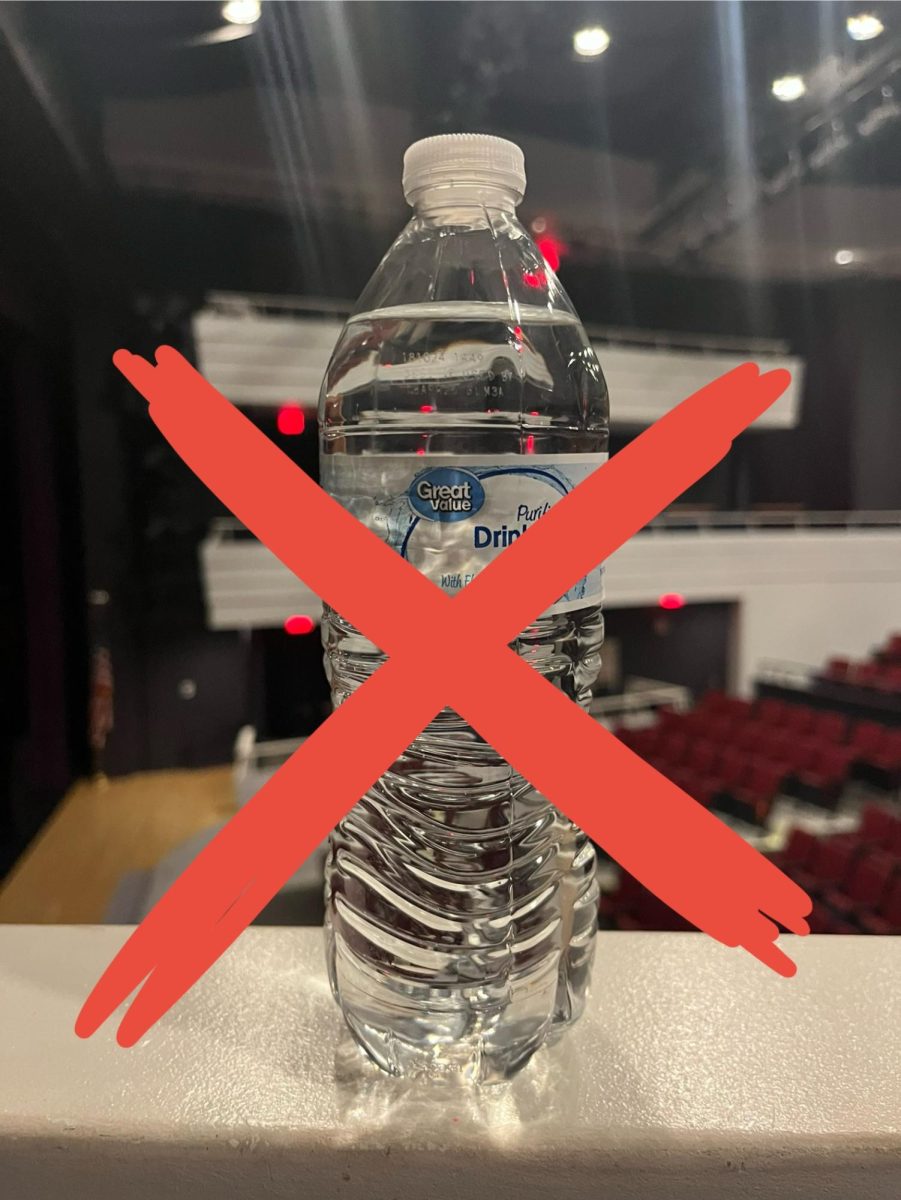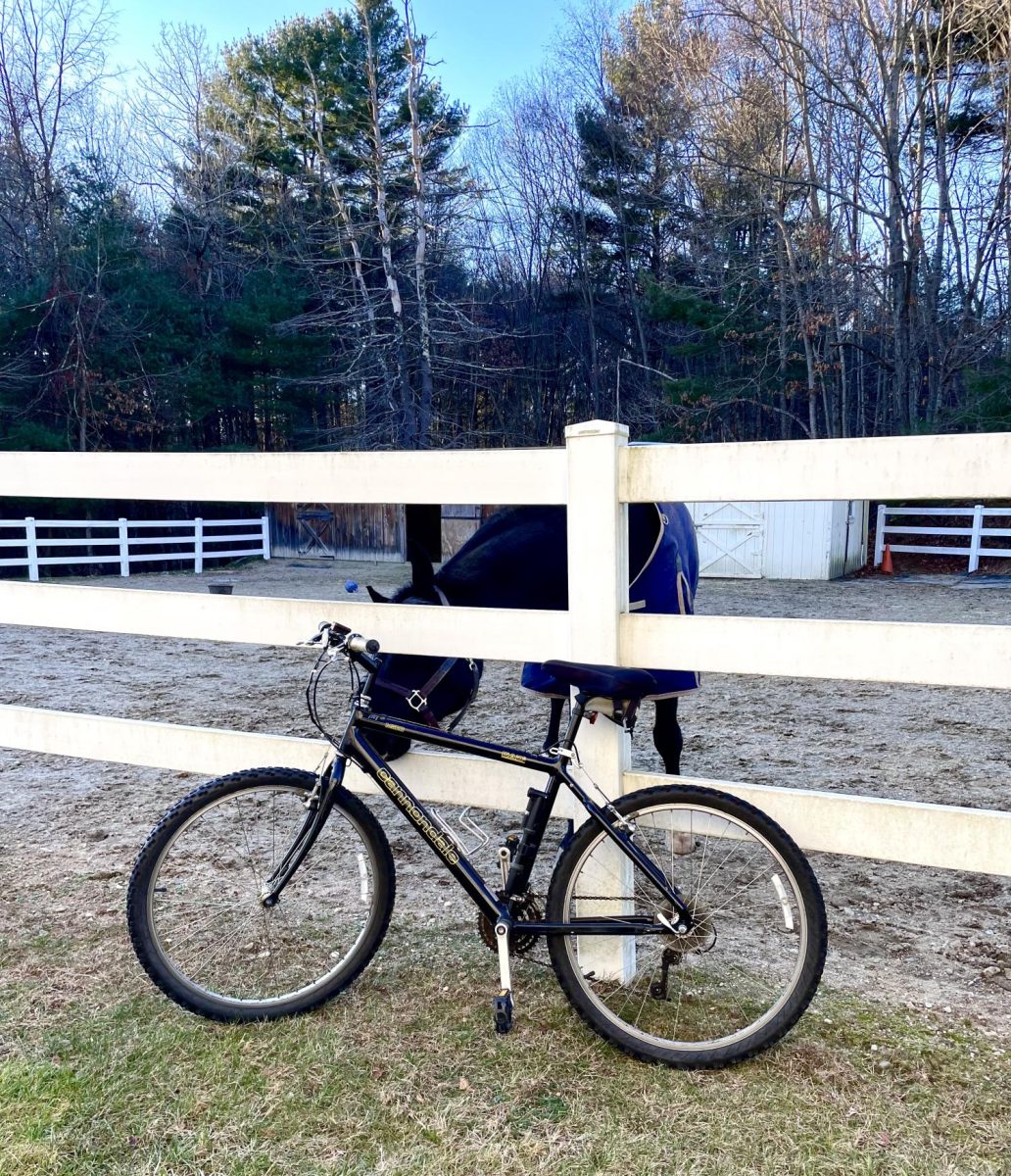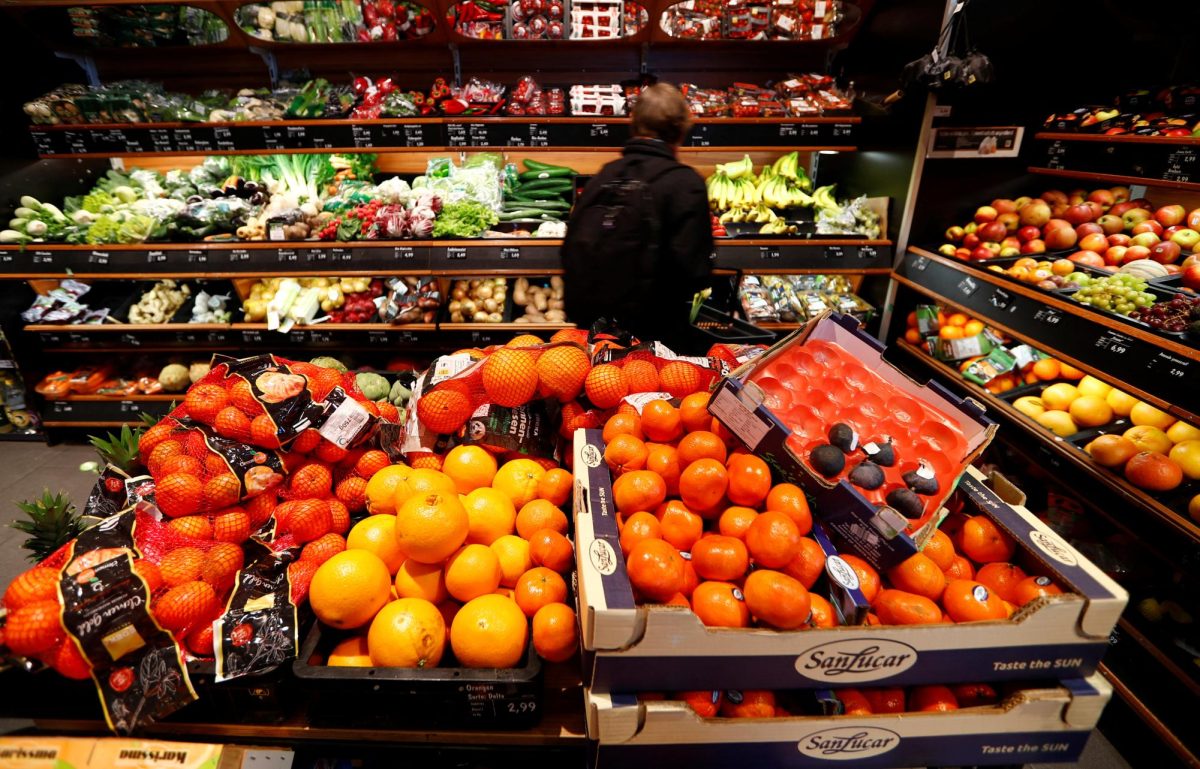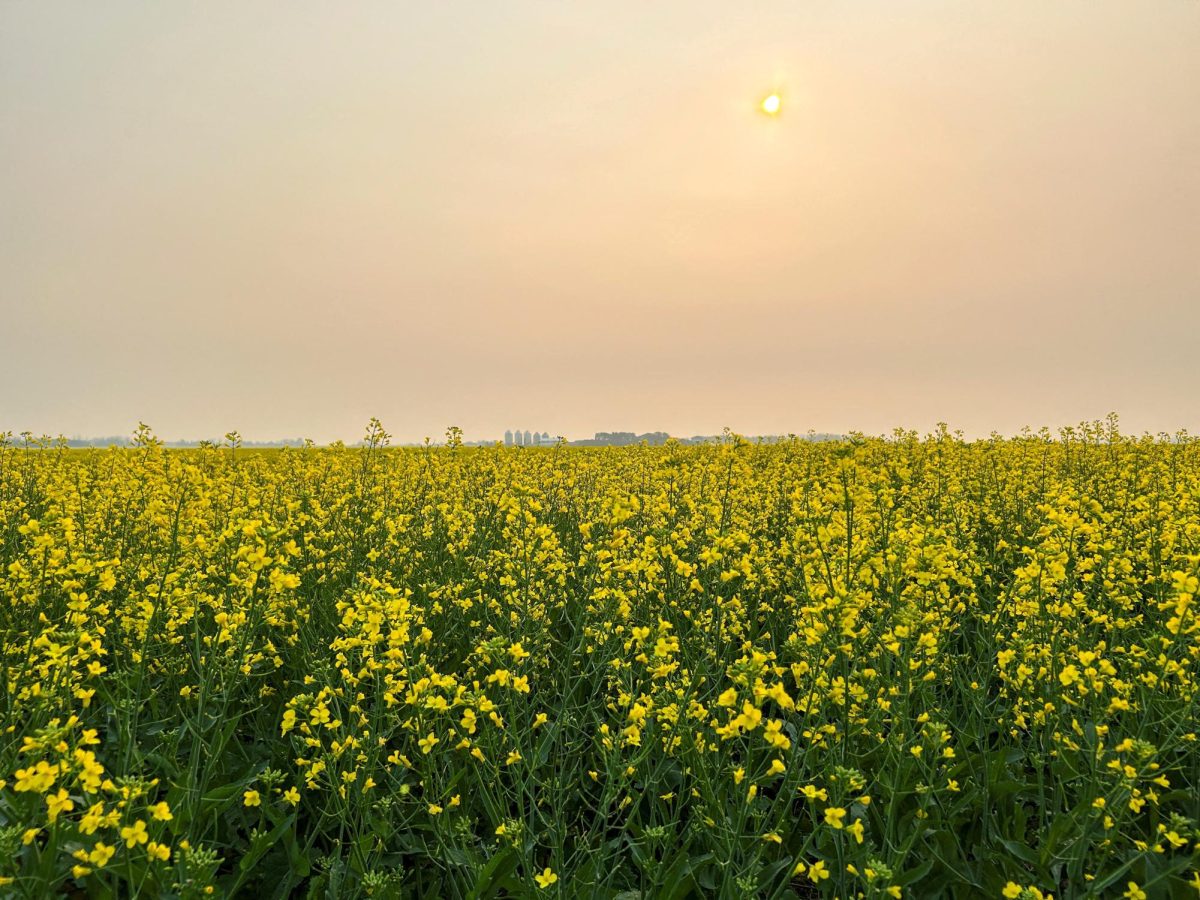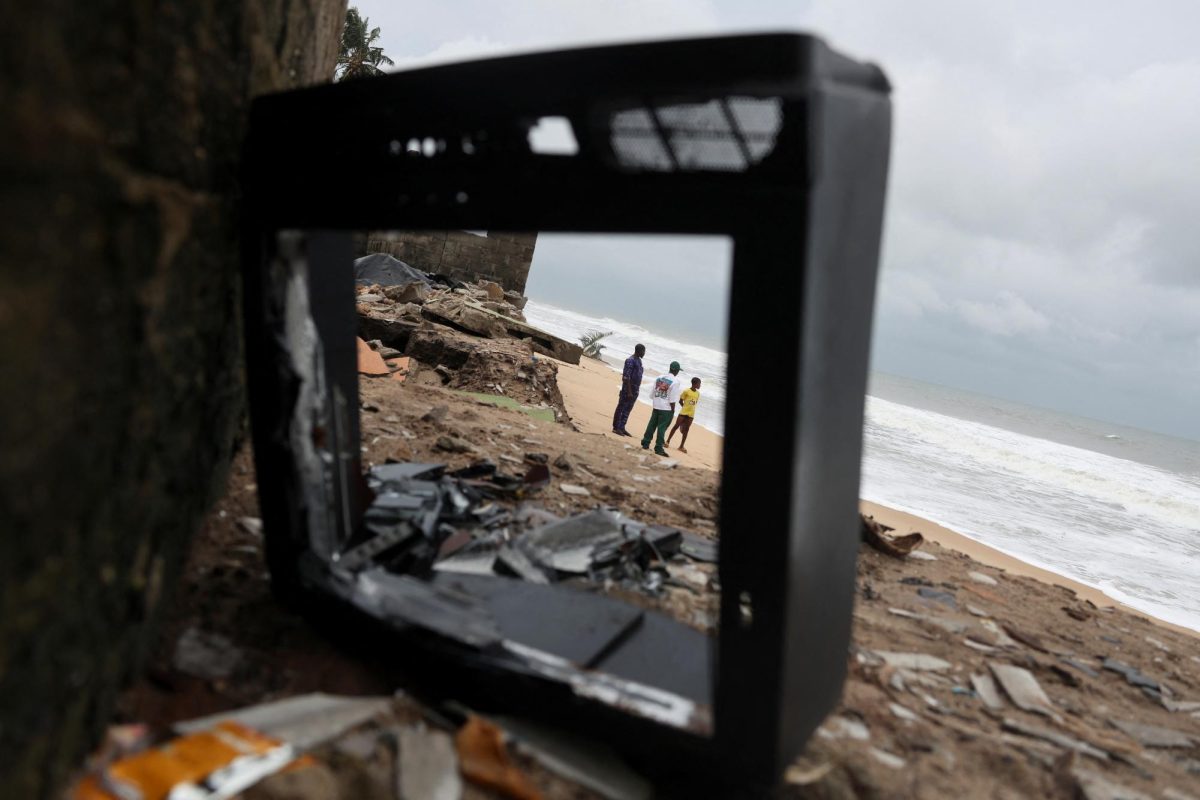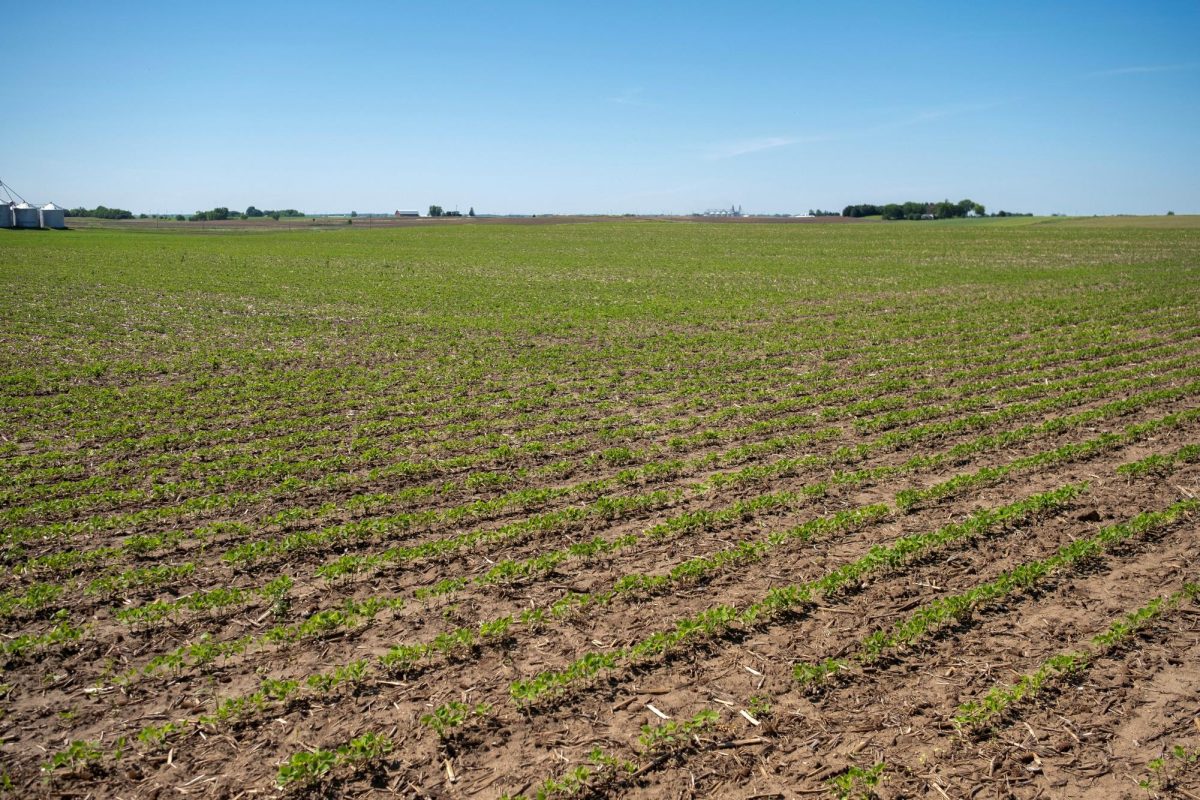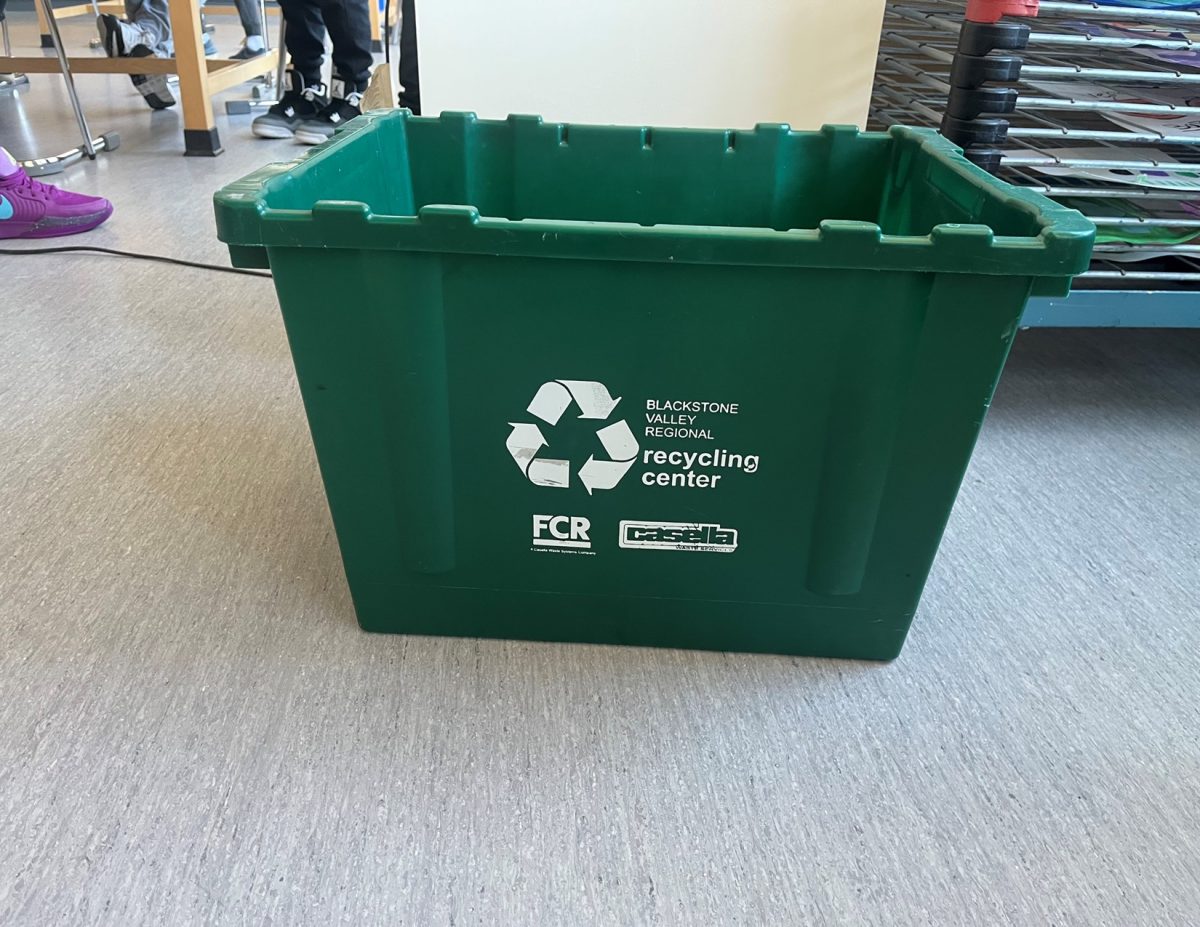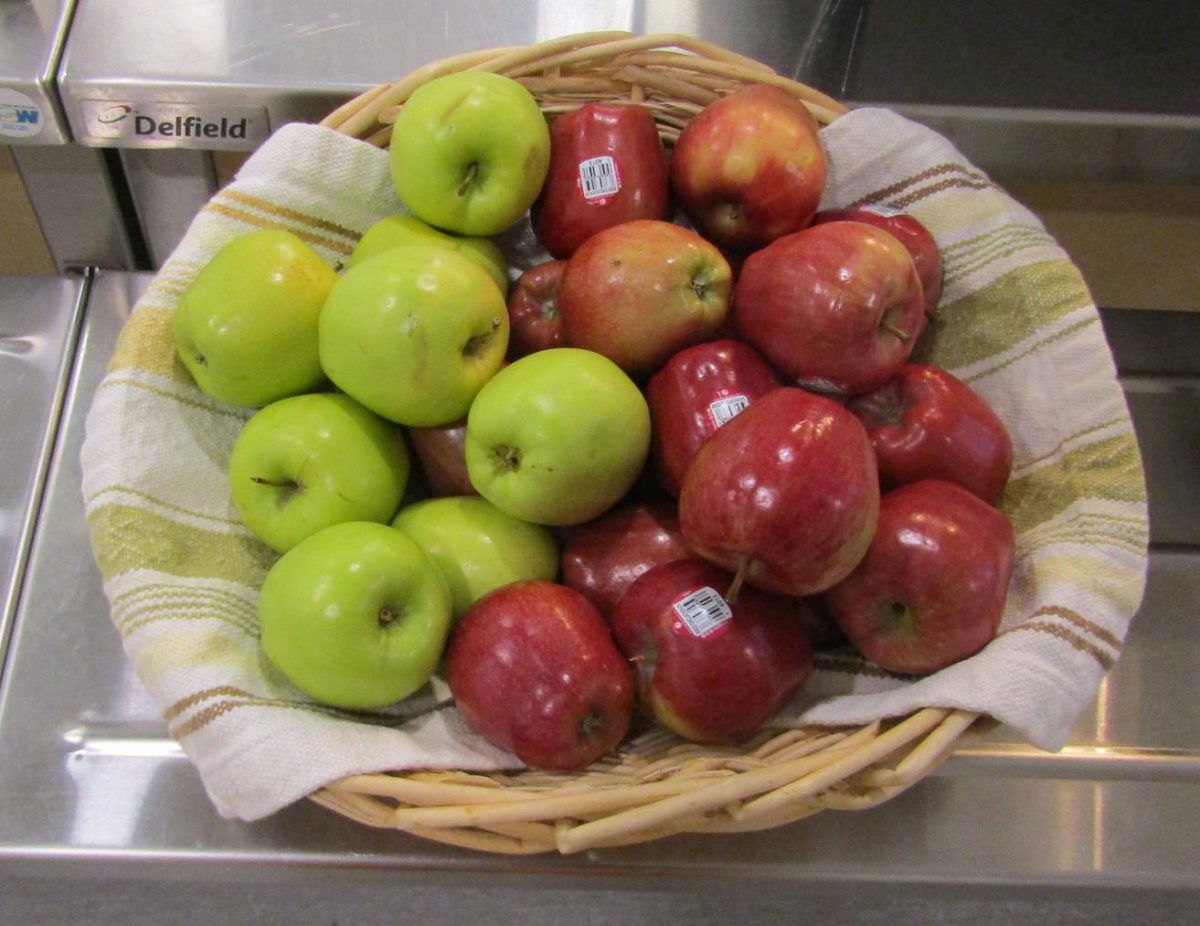What is Marine biology?
Marine biology is the scientific study of marine life, including organisms in the ocean and how they interact with their surroundings. Essentially, about 70% of the planet is marine biology. However, plastic is slowly infiltrating our oceans.
Plastic pollution harms marine life by causing entanglement in plastic debris and poisoning the organisms when they consume macro-plastics and other types of trash.
The main problem that has been happening is that plastic debris is being found throughout the ocean. The world produces 280 million tons of plastic each year, and 3% of that makes its way into the ocean. The trash has been found in the most remote areas, and it has also found its way into the marine ecosystem. ¼ of the fish in these ecosystems have been estimated to have plastic in their stomachs.
Where does that plastic come from?
The plastic comes from about 80% land-based sources which mainly come from rivers. The 20% that isn’t coming from land-based sources comes from marine-based sources like shipping, fishing, and tourism.
Marine-based sources of plastic debris are fishing nets and other types of fishing gear because it is created to trap marine organisms, so when these fishing gears are out at sea, they continue to do so in a process called ghost fishing. Fishing gear lost from boats may account for 10% of plastic currently in the ocean.
What do macro-plastics do to marine life?
Macro-plastics are one type of plastic commonly found in the ocean and it has a significant impact on marine life. Most people have seen plastic around fish’s necks and in their stomachs. Some of the affected species are also endangered. These macro-plastics can also damage vulnerable ecosystems such as coral reefs. “Ghost” gear is mainly damaging here, as it can hurt the vulnerable ecosystems and entangle endangered species.
Henderson Island is an uninhabited island in the Pacific Ocean, which in 2017 recorded 37.7 million debris items, with 27 new items added each day. These plastics that go on to this island harm native flora and fauna, some of which are unique to this island.
The Great Pacific Garbage Patch is a large area with high concentrations of marine debris. This island of trash is in the Pacific Ocean and takes a big toll on marine life. The island causes entanglement and drowning, accidental ingestion of plastic, which can lead to starvation for these animals. This patch of trash also affects coral reefs, which can affect providing shelter for marine life and breeding grounds for many different species.
Solution to the issue
Solving the plastic pollution problem requires collaboration. Some different types of collaboration that would help solve this problem are to reduce plastic use and support organizations that will help clean up plastic, and raise awareness about the situation.
Some other way to fix plastic being in our oceans is to participate in clean-ups in your community and to notify authorities if you witness illegal dumping or any poor plastic waste management.
These plastics need to be removed from the ocean, but plastic also needs to stop entering the ocean. These ideas of solutions would improve our oceans, marine life, and protect any endangered animals.


